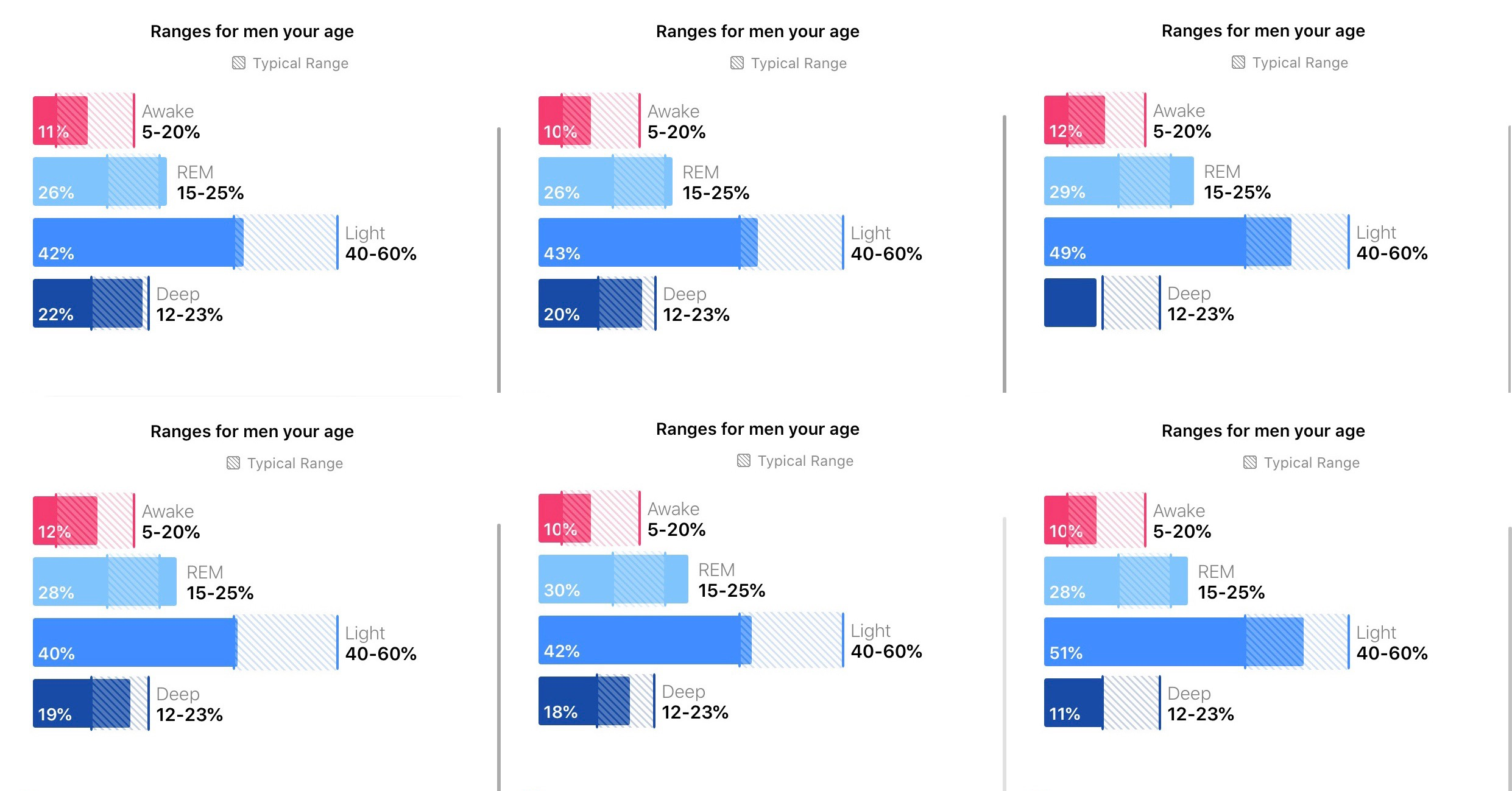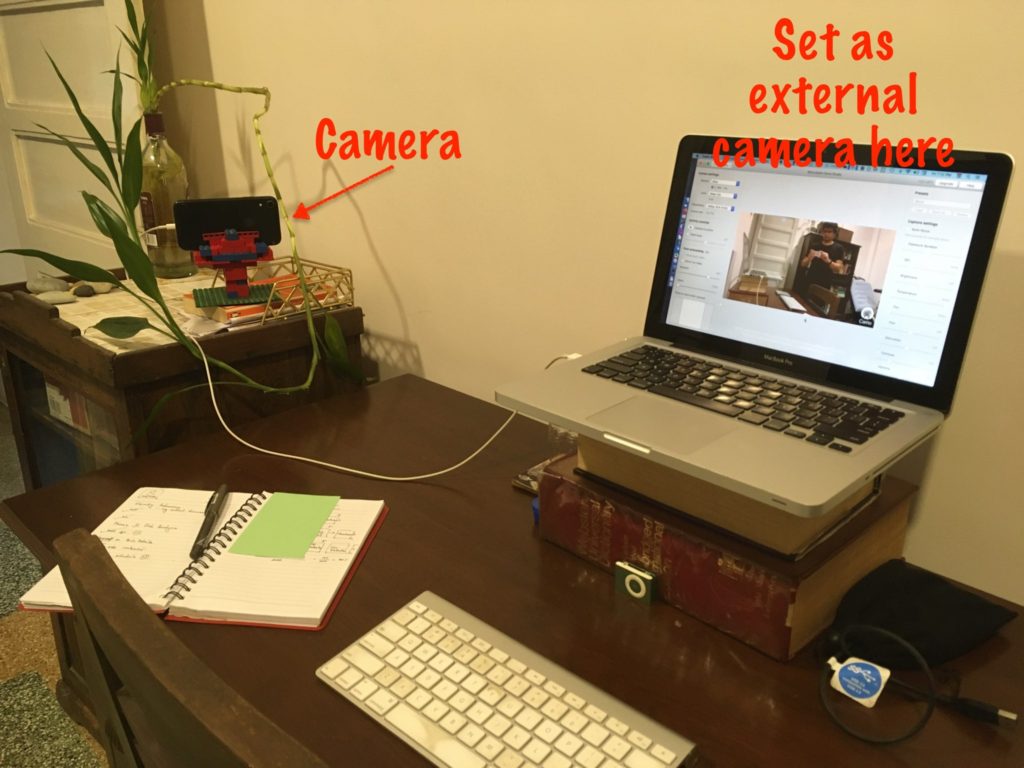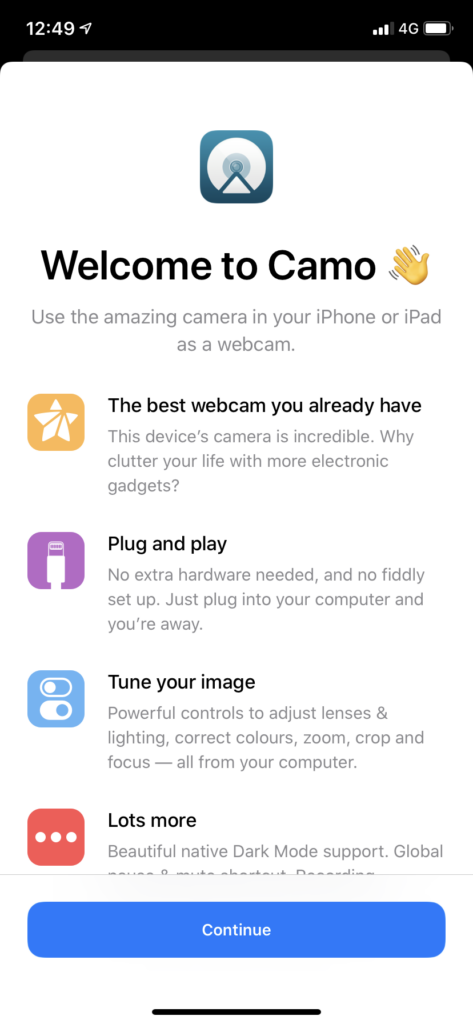From the last post:
For the last few days, after noticing the pattern and having done this reading-up [on the purpose of REM
sleep], I’ve become even more conscious about limiting information exposure.
I should have mentioned that there is some limited material available on the possible effects of excessive REM sleep. From Fitbit’s own blog:
Consistently getting too much REM could also create problems. “If you go too much over 25 percent of REM, it might cause too much brain activation, which can leave you angry and irritable and can even potentially exacerbate depression and anxiety symptoms,” says Grandner.
From S+, the sleep aid device and tracking service:
Stress, on the other hand, can extend REM sleep beyond normal levels. Too much REM sleep can actually leave you feeling tired the next day.
So (a) if my share of REM sleep is definitely over normal, putting me at risk for stress, tiredness, irritability and even depression, and if REM seems to have to do with processing the information gathered during the day, it follows that one way of testing this link is to limit information exposure. We have already seen my reflections on the 30 day Reddit and Twitter isolation I tried over the end of June and most of this month. I had said that I would continue to consume Reddit and Twitter in a time-boxed manner, deliberately. That limits causal attention capture.
The other thing I have already begun doing is simply saying no to viewing and reading links and videos that friends and family send me, typically over Whatsapp, unless they’re in an area of interest. Even then I’ll probably queue them in my read later list. If the person that shared asks if I had seen what they had shared, my answer is no.
This may seem excessive and anti-social (and obviously I have been told so), but the cumulative effect of this casual consumption is quite high. I appreciate that someone chose to share something interesting with me, but the cost for me (or anyone) to consume is much more than the cost of tapping share and send. A side effect is that when I do end up viewing or reading those few items that I queue, I can write back to the sharer about it, often leading to a short but usually interesting conversation.




